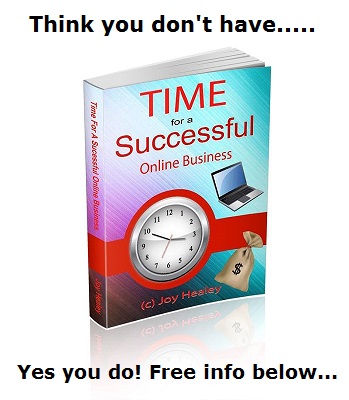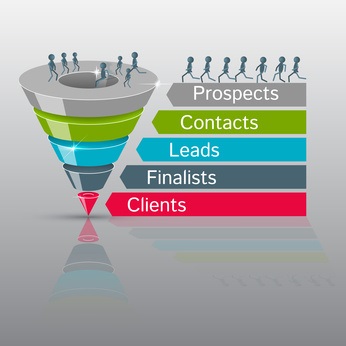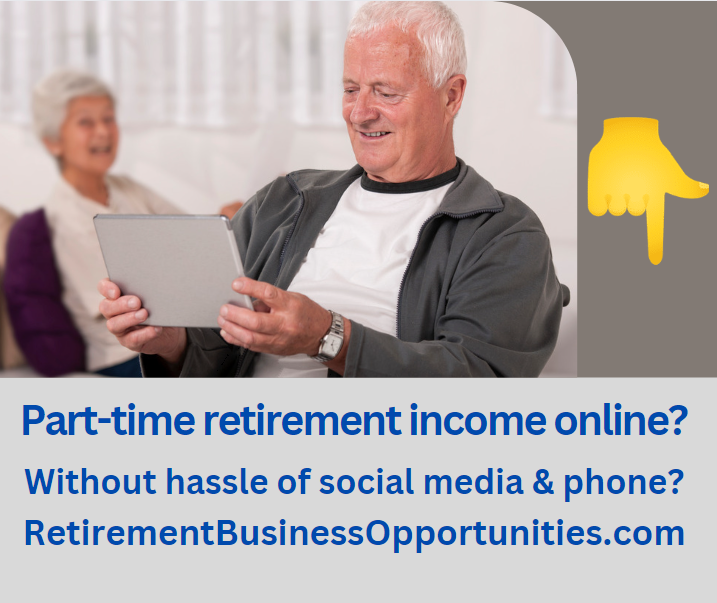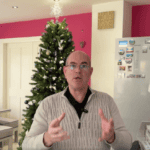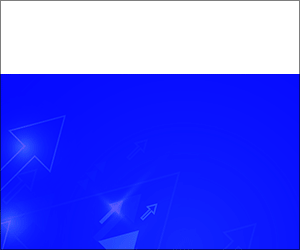 Which of these sneaky marketing tactics are you using?
Which of these sneaky marketing tactics are you using?
Most marketing strategies shout to be heard—flashy design, loud headlines, big claims. But the real power moves? They’re the quiet ones. The subtle nudges. The psychological whispers that make people click, convert, and come back for more… without even realizing why.
Welcome to the world of sneaky-smart marketing – tactics so clever and low-key, they’re the psychological judo of marketing – small moves with massive impact.
Let’s break down nine of the best (and how you can use them).
- Netflix’s Choice Architecture: The Gentle Push That Feels Like Your Idea
When you open Netflix, there’s always a show that auto-plays or sits just a little bigger on the screen. It’s not random – it’s choice architecture, a method of subtly steering users toward a preferred action.
Netflix removes friction and reduces choice paralysis, nudging users to engage with what they want you to watch while still letting it feel like your decision.
Try this: On your website or sales page, highlight a featured option. Use layout, microcopy (“most popular”), or visuals to gently guide the user toward your best-converting offer. No pressure – just persuasion.
- Duolingo’s Owl: Emotional Triggers in Push Notification Form
Duolingo doesn’t send robotic reminders. Instead, their mascot, Duo the Owl, tugs at your feelings:
“I’m sad you didn’t practice today.”
This isn’t just cute – it’s smart. It uses light guilt + humor to trigger emotional engagement. You’re not ignoring an app – you’re letting down a cartoon bird that wants you to succeed.
Try this: Infuse your emails, texts, and notifications with personality. Speak like a friend, not a bot. Use casual guilt, inside jokes, or encouragement to make your brand feel human.
- Amazon’s “Only 3 Left” Reminder: Scarcity in Disguise
Amazon rarely says “Hurry, buy now!” Instead, it casually notes:
“Only 3 left in stock (more on the way).”
That’s textbook scarcity – but it doesn’t feel like marketing. It feels like a helpful inventory update. And it works, because your brain processes it as risk – even if you had no urgency before.
Try this: Add subtle scarcity or urgency signals. “Limited edition,” “Popular item,” or “Back in stock soon” can boost conversions without sounding desperate.
- Canva’s Upsell: Selling the Pain-Free Option
Canva’s most-purchased upgrade isn’t a new feature – it’s “Magic Resize.”
Why? Because resizing social graphics manually is a hassle.
This upsell doesn’t promise more power – it promises less friction.
Try this: Instead of pitching more, pitch easier. People will pay for saved time, effort, or frustration. Frame your premium features as convenience superpowers.
- The “Ugly” Landing Page That Converts Like Crazy
Some high-performing affiliate and info product pages look shockingly outdated – basic fonts, minimal graphics, even typos. Why? Because in certain niches (especially DIY, prepper, health, or money), high-design signals “marketing” and kills trust.
An ugly page feels “real.” Honest. Like someone just like you wrote it.
Try this: Match your design style to your audience’s trust signals. Sometimes raw and scrappy beats polished and professional – especially if authenticity is your edge.
- Spotify Wrapped: Turning User Data into a Viral Flex
Every December, Spotify Wrapped shows users their top songs, minutes listened, and “listening personality.” It’s not just fun – it’s genius.
Spotify turns your personal data into a shareable identity marker. It’s user-generated content wrapped in self-expression.
Try this: Give your users something to share about themselves. Whether it’s quiz results, milestone badges, or personalized dashboards, data becomes stickier when it feels personal and postable.
- LinkedIn’s “Someone Viewed Your Profile” Notification
This might be the most diabolical nudge in all of B2B.
“Someone just viewed your profile.”
Who? A recruiter? A client? Your ex?
LinkedIn knows exactly what it’s doing. It stirs curiosity, ego, and FOMO – all in one tap. The result? You log in.
Try this: Use open loops and unresolved curiosity to re-engage users. Think: “Something’s waiting for you,” or “Here’s what you missed.” Humans crave closure.
- Notion’s Onboarding: Minimal Steps, Maximum Control
When you sign up for Notion, the onboarding flow doesn’t overwhelm you. It lets you choose your path – personal use, team use, student? Then it slowly introduces features only when needed.
This progressive disclosure keeps users from bouncing. You’re not thrown into the deep end – you’re invited to play, then shown the map.
Try this: Break down your onboarding, welcome sequence, or funnel into micro-steps. Don’t overwhelm. Let people explore before asking for commitment.
- The “You” Hook: Making Your Audience the Star
High-converting video creators know: The first 3 seconds must hook with one word – “You.”
“You’re doing everything right—and still not getting results?”
“If you’re over 40, this tip will change how you sleep.”
It’s not about them – it’s about you.
This is called second-person targeting and it’s incredibly sticky. It immediately personalizes content and stops the scroll.
Try this: Start ads, headlines, and video scripts with “you,” “your,” or direct empathy. Let your audience feel seen immediately.
The Bottom Line: Subtle Wins the Game
Sneaky-smart marketing isn’t about deception. It’s about understanding how people think and why they act. The best tactics feel organic, almost invisible – until you look closer and realize, “Wow… that worked on me.”
So while others are chasing the next viral trick, you can lean into these quiet power plays:
- Reduce decision friction
- Speak human
- Personalize everything
- Trigger curiosity
- Build habits with emotion
- Let design serve trust—not just style
You don’t need louder marketing. You need smarter nudges.
And now that you know what to look for, you’ll start spotting sneaky-smart strategies everywhere.
Quiz: How Well Do You Know Conversion Rate Optimization (CRO)?
Let’s separate the clickers from the converters.
Think you’ve got CRO down cold – or are you just throwing CTA buttons at the wall to see what sticks? Take this quiz to find out whether you’re a conversion wizard or just really good at guessing.
- What does “conversion rate” actually measure?
- a) The number of times someone visits your site and says “Wow!”
b) The % of visitors who take a desired action (like buying, signing up, or clicking)
c) How fast your website loads during a full moon
d) The number of tabs your audience opens before they forget you exist
- What’s the first thing to test when optimizing a landing page?
- a) Button color—because red makes people aggressive, right?
b) Background music—everyone loves a surprise accordion solo - c) Your font size – bigger = more sales, obviously
d) The headline—because if it doesn’t hook, they’re gone
- What is A/B testing?
- a) A modern gladiator battle between two designs
b) Sending version A to your mom and version B to your dog
c) Showing two variations of a page to different users to see which performs better
d) A secret way to get out of decision-making altogether
- Which of the following usually leads to higher conversions?
- a) A CTA that says “Submit” (because everyone loves that word, right?)
b) A CTA that clearly explains the benefit (e.g., “Get My Free Guide”)
c) Making people scroll 4 miles for the form
d) Pop-ups with riddles
- Heatmaps show you…
- a) What parts of your page get the most user attention
b) Where your website is literally on fire
c) Whether your mouse is overheating
d) The emotional state of your homepage
- What’s the best conversion rate?
- a) 100%—duh!
b) Industry average (so you can blend in and nap)
c) It depends on your traffic quality, niche, and offer
d) Whatever number your boss is shouting about this week
- What does FOMO stand for (in CRO terms)?
- a) Fish On My Omelet (delicious?)
b) Fear Of Missing Out
c) Funnels Over Marketing Optimization
d) Friendly Offers Make Orders
- Why should your forms ask for the least amount of info possible?
- a) Because no one wants to share their pet’s maiden name
b) Every extra field is a chance to lose a lead
c) Shorter = faster = less friction
d) All of the above
- What’s the best time to ask for a sale?
- a) After you’ve built trust, value, and interest
b) Right before they hit “Back”
c) On a second date
d) Immediately, with confetti
- You know your CRO is working when…
- a) Your bounce rate drops, time on page increases, and conversions go up
b) Your team starts high-fiving you in Slack
c) You sleep better at night
d) All of the above
Answer Key
- b) The % of visitors who take a desired action
- d) The headline
- c) Showing two variations to different users
- b) A CTA that clearly explains the benefit
- a) What parts of your page get the most user attention
- c) It depends on traffic quality, niche, and offer
- b) Fear Of Missing Out
- d) All of the above
- a) After you’ve built trust, value, and interest
- d) All of the above
Results
0–4 correct: Conversion Confused
You’re in CRO kindergarten, and that’s okay! You’re not alone. Step away from the “Submit” button and dive into the world of real optimization. First lesson: Clarity beats cleverness, and you don’t need a flashing red button.
5–7 correct: Optimizing Apprentice
You’ve got your CRO training wheels on, and you’re heading in the right direction. You know what works (kind of), but there’s room to sharpen your skills. Start testing, tracking, and tightening those CTAs.
8–10 correct: CRO Wizard
You eat split tests for breakfast and whisper sweet nothings to your conversion funnels. You understand psychology, strategy, and user experience like a seasoned pro. Just don’t forget to celebrate your wins with a well-placed popup.


